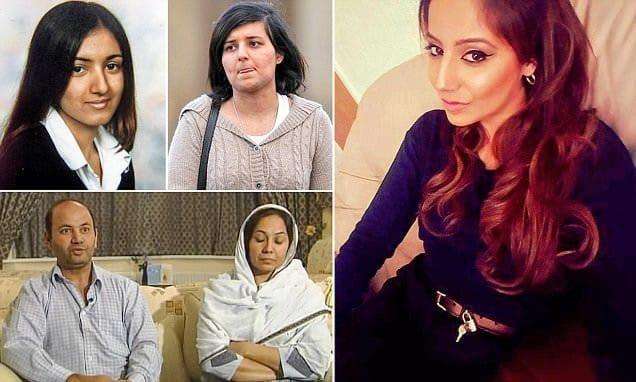Syria’s newly appointed transitional government was sworn in on Saturday, nearly four months after the removal of the Assad family, as authorities in Damascus strive to stabilize the war-torn nation.
Comprising 23 members from diverse religious and ethnic backgrounds, this is the first government established during the country’s five-year transition, replacing the interim administration that was formed after Bashar al-Assad was ousted in early December.
Unlike traditional governments, this cabinet operates without a prime minister. Instead, under the temporary constitution approved by interim President Ahmad al-Sharaa earlier this month, a secretary general will oversee governmental affairs.
Unveiled just before Eid-al-Fitr—the holiday marking the end of Ramadan, which begins in Syria on Monday—the new government introduces several fresh faces, though the ministers of foreign affairs and defense have retained their positions. Anas Khattab, previously the head of intelligence, has been appointed as the new Interior Minister.
“The establishment of this government signifies our collective commitment to rebuilding the nation,” said al-Sharaa, emphasizing its importance.
Meanwhile, Defence Minister Murhaf Abu Qasra stated that his priority is to create a professional military force that represents the people.
The cabinet does not include members of the US-backed Kurdish-led Syrian Democratic Forces (SDF) or the autonomous administration in northeast Syria. However, earlier this month, al-Sharaa and SDF commander Mazloum Abdi reached a milestone agreement on a nationwide ceasefire and the integration of US-supported forces into the Syrian military.
Among the newly appointed officials is Hind Kabawat, a Christian activist who has opposed al-Assad since the conflict began in 2011, now serving as Minister of Social Affairs and Labour. Raed Saleh, leader of the White Helmets rescue group, has been named Minister for Emergency Disasters. Mohammed Terko, a Syrian Kurd based in Damascus, will oversee the education sector as the new Minister of Education.
Mohammed al-Bashir, who led Syria’s interim government following Assad’s removal, has taken on the role of Minister of Energy, with the critical task of restoring the country’s war-ravaged electricity and oil industries.
The primary objective of the transitional government is to bring an end to the conflict and establish stability, particularly after recent violent clashes in the coastal region that claimed over 1,000 lives, mostly Alawites loyal to Assad.
While most of the factions currently governing Syria are Sunni, the inclusion of individuals from minority sects—such as a woman and an Alawite—seems to be a strategic move by al-Sharaa to demonstrate inclusivity, particularly to Western nations advocating for greater representation of women and minorities in Syrian politics.
This diverse cabinet may also be part of an effort to encourage Western governments to reconsider the strict economic sanctions imposed on Syria for over a decade.
The humanitarian situation remains dire, with the United Nations reporting that nearly 90% of Syrians live below the poverty line, and millions continue to suffer from dwindling food aid due to the prolonged crisis.
Hours before the government’s formation was announced, the US State Department issued a warning about an increased risk of attacks during the Eid-al-Fitr holiday. The advisory cautioned that potential threats—ranging from lone actors to armed groups—could target embassies, international organizations, and public sites in Damascus, with the possibility of explosive devices being used.








.svg)



_2.jpg)